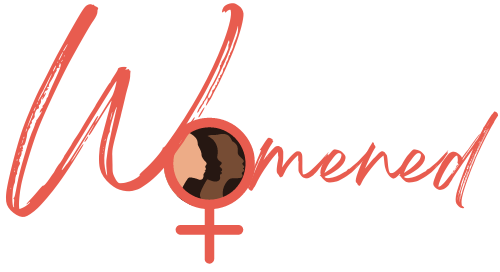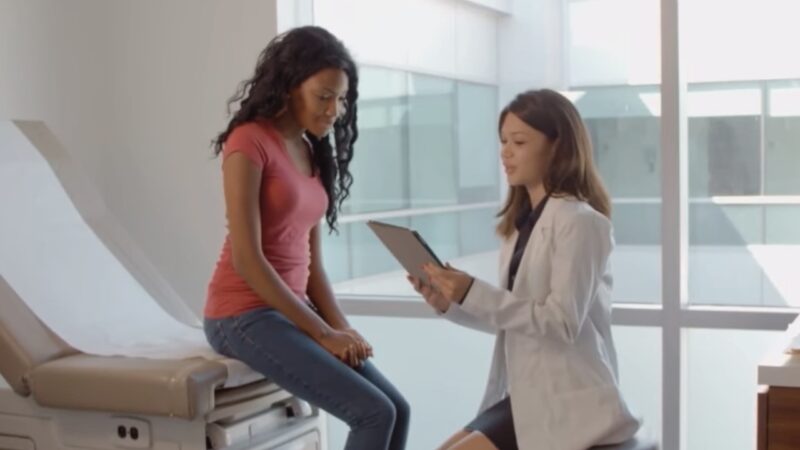Healthcare costs have continuously increased nowadays. In the United States (US), the Consumer Price Index for All Urban Consumers (CPI-U) for medical care has skyrocketed to 3.1% annually, which grew faster than the cost of other products and services in the economy.
Women are significantly affected by this medical inflation. A recent report shows that women spend 20% higher on medical expenses than men.
Surprisingly, only 2% of this disproportionate cost is accounted for by maternity and childbirth care. Specifically, they pay more on office visits, emergency care, laboratory, radiology, physical or occupational therapy, and physical or occupational therapy than men.
The good news is that there are ways women can save on medical costs. Listed here are medical programs for women and how they can help them financially.
Reduce/Eliminate Medical Costs
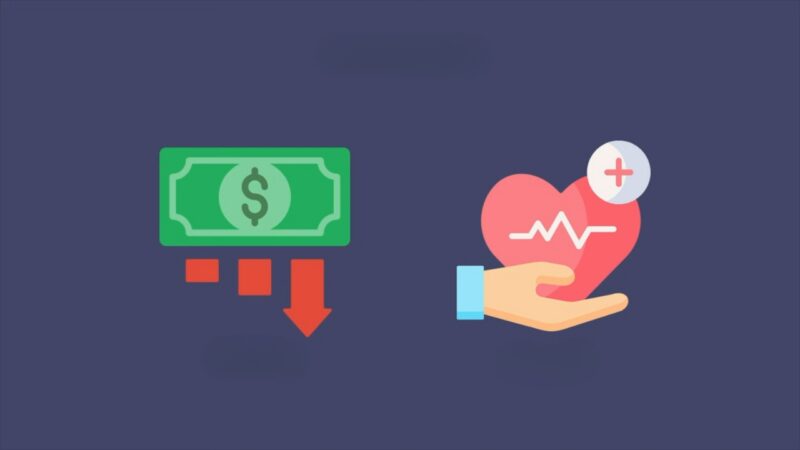
Many medical programs can either partially or fully cover medical services. Most require very affordable co-payments, making healthcare much more accessible for women who would otherwise skip it due to its high costs.
One of the common ways is through Medicaid, the biggest payer of any pregnancy-related services in the US. It can cover some level of maternity care, including postpartum, “free of cost-sharing.” However, it’s only for “eligible” women, particularly those who belong to 138% of the federal poverty level (FPL) threshold.
Medicaid’s coverage also varies depending on the state. In fact, there’s no federal definition of what services each state has to cover by law. Nonetheless, most states cover several maternity care services, including breastfeeding support, folic acid supplements, and prenatal screenings. For more information, contact your state Medicaid agency or through the Health Insurance Marketplace.
Besides government programs, many private organizations help women reduce medical costs. One example of this is BuzzRx. This company aims to make prescription medication affordable and accessible throughout the US.
They offer prescription discount cards, saving cards, or digital coupons for “free.” This enables women and other Americans to save up to 80% on their essential healthcare products and services.
Cover Expensive Treatment
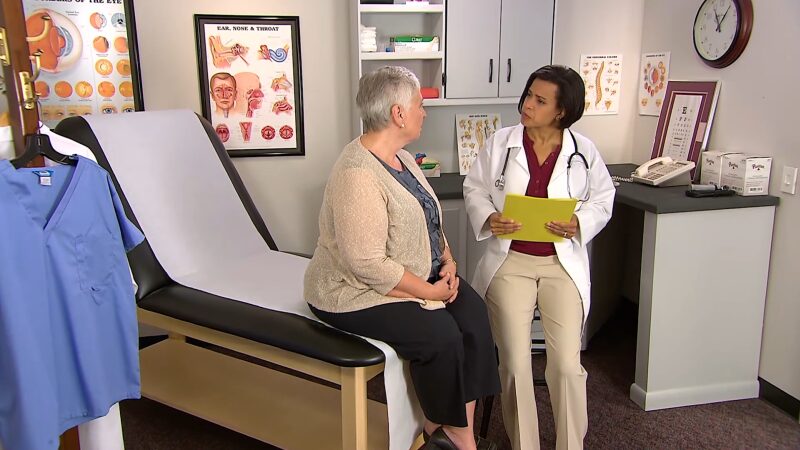
The American Cancer Society in the US reported that breast and cervical cancer are still prevalent among many American women. They’re particularly common among women who aren’t screened, who are typically in disparate populations (i.e., low-income, underinsured, and uninsured).
To solve this predicament, the Centers for Disease Control and Prevention (CDC) implemented the Breast and Cervical Cancer Prevention and Treatment Act (BCCPTA) to decrease the increasing morbidity and mortality rates associated with these cancers. This Act has a program called the National Breast and Cervical Cancer Early Detection Program (NBCCEDP) that financially assists women who are diagnosed with breast or cervical cancer.
Primarily, NBCCEDP covers low- to no-cost breast or cervical cancer screenings. It also covers diagnostic and treatment services, including surgery, radiation therapy, and chemotherapy, typically financially inaccessible for many due to their high costs. However, as mentioned, this is only for women with low incomes and who don’t have enough insurance.
In addition to CDC and BCCPTA, Medicaid has a Women’s Health Medicaid program. Like NBCCEDP, it helps women pay for treatments for breast or cervical cancers.
However, it’s only limited to women who are under 65 years old and not receiving health insurance, including Medicaid or Medicare, that pays for cancer treatments. The program still varies from state to state, so directly reach out to the nearest Public Health Department to apply.
Access Family Planning Services
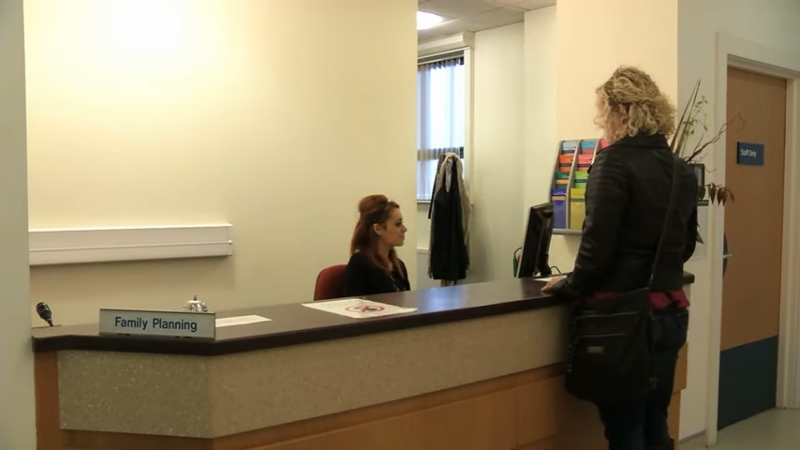
Medicaid also has a Medicaid Family Planning Waiver Program that helps women afford family planning services. These include covering prescription contraceptive methods, such as long-acting reversible contraceptives (LARCs) like intrauterine devices (IUDs) and implants, emergency contraception (EC) pills, and no prescription, over-the-counter (OTC) ways like condoms or sponges.
Additionally, the program covers tests and treatments for sexually transmitted infections (STIs) like human immunodeficiency virus (HIV). Under Medicaid, these conditions are considered “family planning related,” so the program covers many medical services for them. These include routine STI and HIV screenings, Expedited Partner Therapy (EPT) for controlling any STI transmission, and Pre-Exposure Prophylaxis (PrEP) for HIV acquisition prevention.
Like NBCCEDP and the Women’s Health Medicaid program, the Medicaid Family Planning Waiver Program also helps women prevent, detect, and diagnose breast and cervical cancers. It covers cervical cancer screenings like cervical cytology and human papillomavirus (HPV) tests and HPV vaccines, as well as recommended services when abnormal screenings occur, like conization (cone biopsy or cold knife biopsy) and loop electrosurgical excision procedure (LEEP).
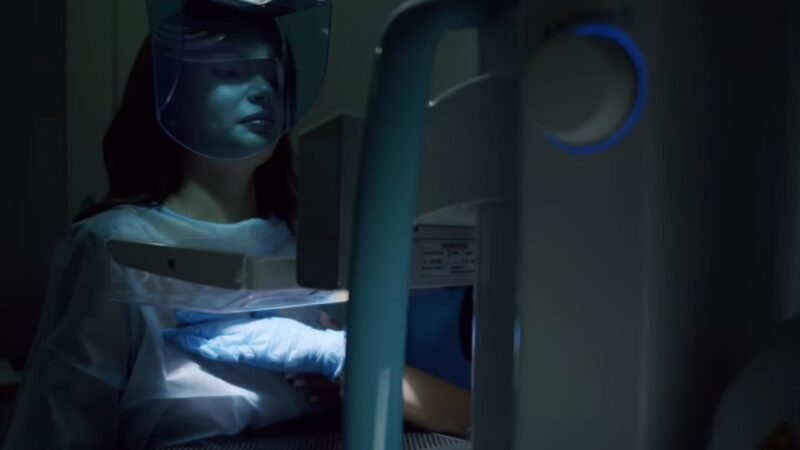
For breast cancers, the Medicaid Family Planning Waiver Program helps women afford screenings, counseling, and preventive medications to prevent and treat the condition, typically through the traditional Medicaid pathway. These include routine mammography and genetic screening like BRCA1 (BReast CAncer gene 1).
Note that all aforementioned coverage varies statewide. Unfortunately, some services aren’t universal, specifically in limited-scope family planning-specific programs. In a survey, many states covered many of the mentioned medical services, while others didn’t. Hence, it’s important to check a state’s eligibility levels and the scope, amount, and duration of covered benefits within broad federal parameters.
An alternative option for women who don’t qualify for Medicaid is the HHS Office of Population Affairs’s (OPA) Title X Family Planning Program (Title X). It aims to provide “affordable” basic, preventive reproductive health care to all Americans, regardless of their state, income, background, and insurance.
Like Medicaid, Title X helps women afford medically approved family planning methods. These include birth control and contraception education, pregnancy testing and counseling, basic infertility services, STI (e.g., STD and HIV) services, and breast cancer screenings. These are accessible to over 3,500 public and non-profit clinics nationwide through grants.
Final Thoughts
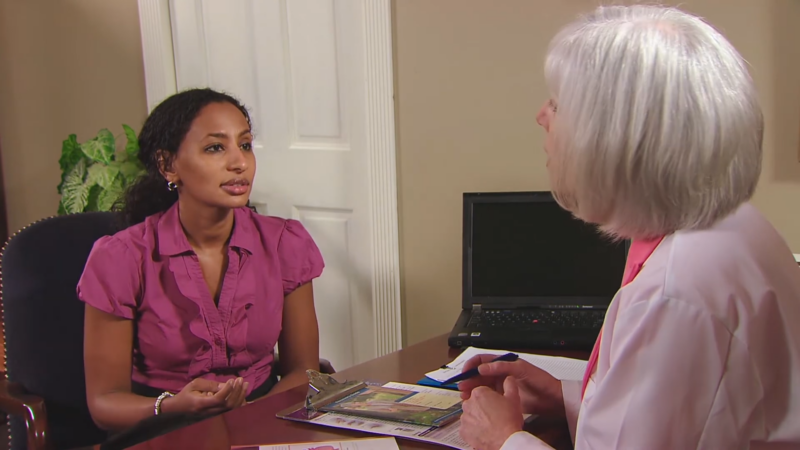
Many medical financial programs in the US have a societal commitment to promote women’s health and financial stability. They address various women’s healthcare needs, including preventive services, family planning, and expensive treatments, helping them reduce or eliminate financial barriers to accessing essential medical services.
However, this list isn’t complete, and each program may vary depending on the state; hence further research is encouraged. If unsure, seeking professional guidance is highly advised.
